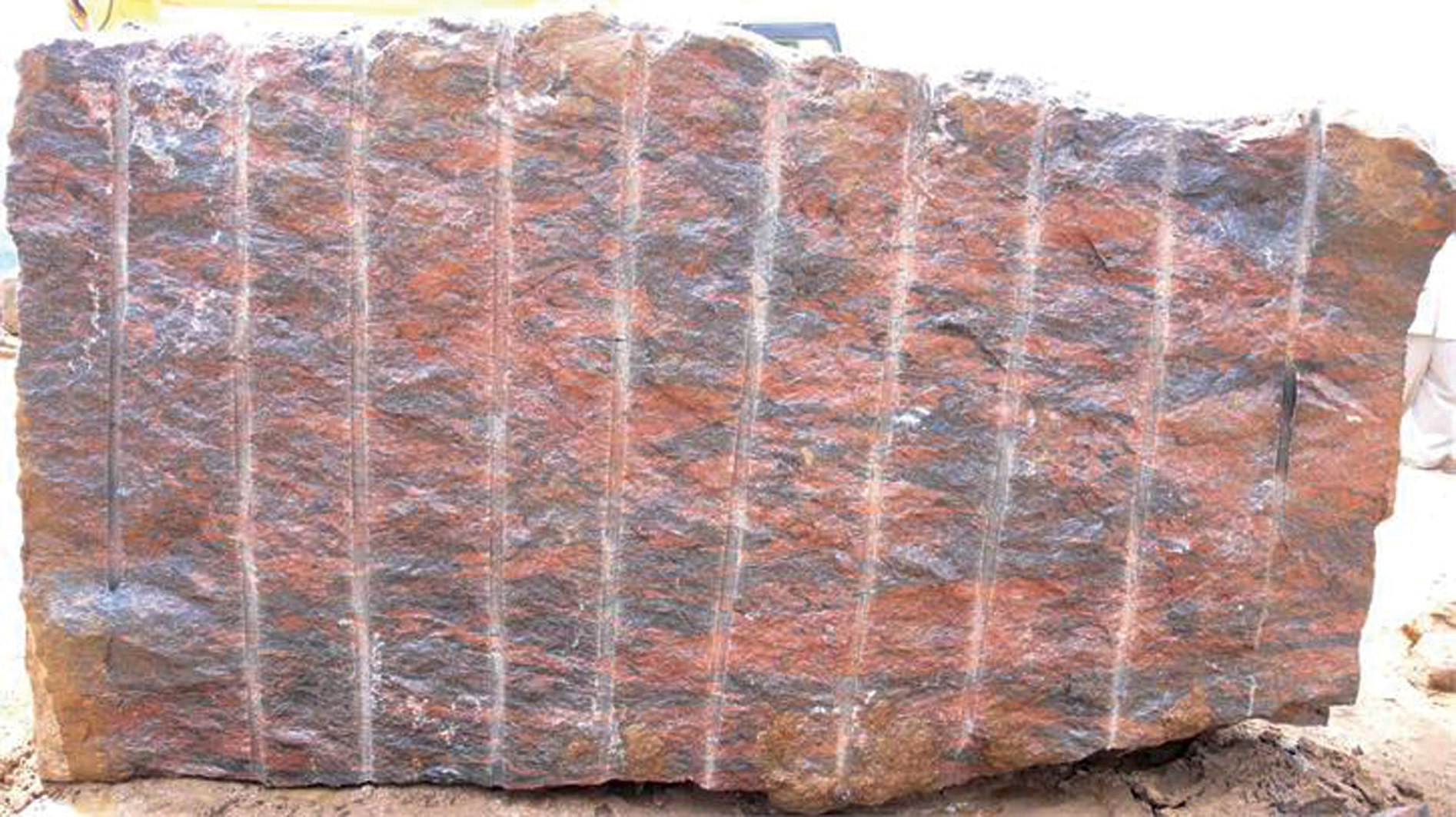Journeying Via Granite Quarries in South Africa: A Visual Odyssey
Discovering the Rich History and Lasting Practices of Granite Quarrying
As we depend on the precipice of uncovering the detailed tapestry of granite quarrying, a journey with time reveals not just the physical act of extracting stone yet also the social and historic value woven right into the really fabric of this method. From the old beginnings that laid the structure for modern quarrying methods to the lasting practices that are shaping the future of this sector, each chisel mark on granite surfaces informs a tale waiting to be unearthed (granite quarries in south africa). The heritage of granite quarrying extends much past mere extraction; it is a testimony to human ingenuity, strength, and the long-lasting allure of this magnificent stone
Ancient Origins of Granite Quarrying
Going back to old human beings, the practice of quarrying granite has been an indispensable component of human history and architectural advancement. The earliest evidence of granite quarrying days back to old Egypt, where huge pyramids and complex sculptures were crafted from this resilient rock. The Egyptians made use of primitive devices to remove granite blocks from quarries, showcasing the importance of this material in their huge building and constructions.
Progressing in background, the Greeks additionally made substantial contributions to the quarrying of granite. The Greeks made use of granite in numerous building wonders, such as holy places and sculptures, showing their ability in shaping and sculpting this sturdy rock. The Romans additionally improved the methods of quarrying granite, utilizing advanced devices like knives and hammers to essence and shape granite for their renowned structures.
Through the centuries, the technique of quarrying granite has actually progressed, with contemporary technologies enhancing performance while keeping the classic allure of this all-natural stone - granite quarries in south africa. From ancient human beings to contemporary contractors, the legacy of granite quarrying continues to form our world
Evolution of Quarrying Techniques
The development of quarrying strategies has actually been marked by a continual progression in the direction of better performance and precision in removing granite. Early quarrying techniques included hand-operated labor with fundamental tools such as blades, hammers, and wedges to extract granite blocks from the earth.
In even more recent times, the introduction of machinery changed the quarrying industry, allowing much faster extraction rates and enhanced efficiency. Technologies such as diamond cord saws, high-pressure water jets, and pneumatic drills have ended up being typical in contemporary quarries, permitting for accurate cutting and minimized waste. Furthermore, improvements in computer-controlled tools and 3D modeling have optimized quarrying operations, bring about very little ecological influence and improved sustainability practices. As the need for granite continues to rise, the development Learn More of quarrying methods stays indispensable to meeting industry needs efficiently and sustainably.
Cultural Significance of Granite
Granite holds an extensive social significance throughout different civilizations due to its long-lasting existence in building work of arts and prized monuments. The social relevance of Discover More granite extends beyond its physical characteristics; it personifies durability, security, and timelessness, making it an icon of withstanding legacies and practices.

Sustainable Practices in Quarrying
Among the abundant history of granite quarrying and its social relevance exists a growing focus on lasting methods within the industry. As ecological awareness and concerns regarding source deficiency have actually increased internationally, the quarrying industry has actually increasingly welcomed lasting techniques to minimize its effect on the atmosphere and surrounding communities.

Moreover, improvement and rehab of quarry sites post-extraction are indispensable to sustainable methods. By recovering quarried locations to an all-natural or beneficial state, such as producing wild animals habitats or entertainment areas, quarriers can counter the ecological footprint of their operations and contribute positively to the regional ecosystem.
Heritage of Granite Quarrying
With a historical background steeped in workmanship and industrial progression, what withstanding impact has granite quarrying left on the landscape of modern-day culture? The legacy of granite quarrying goes beyond simple removal practices; it has actually shaped building wonders, metropolitan landscapes, and social heritage worldwide. The sturdy nature of granite has actually made it a favored selection for monoliths, buildings, and infrastructure, standing as a testament to the skill and virtuosity of quarry employees throughout generations.
Moreover, the financial footprint of granite quarrying can not be overlooked. The market remains to offer employment possibility and drive regional economic climates in regions where granite extraction prevails. It has actually additionally stimulated technological developments in quarrying techniques and equipment, leading to a lot more effective and lasting practices.
In regards to sustainability, the legacy of granite quarrying includes efforts to minimize ecological effects via reclamation projects and liable resource monitoring. By balancing economic rate of interests with ecological stewardship, the industry strives to ensure that future generations can remain to gain from this long-lasting natural deposit.
Conclusion
